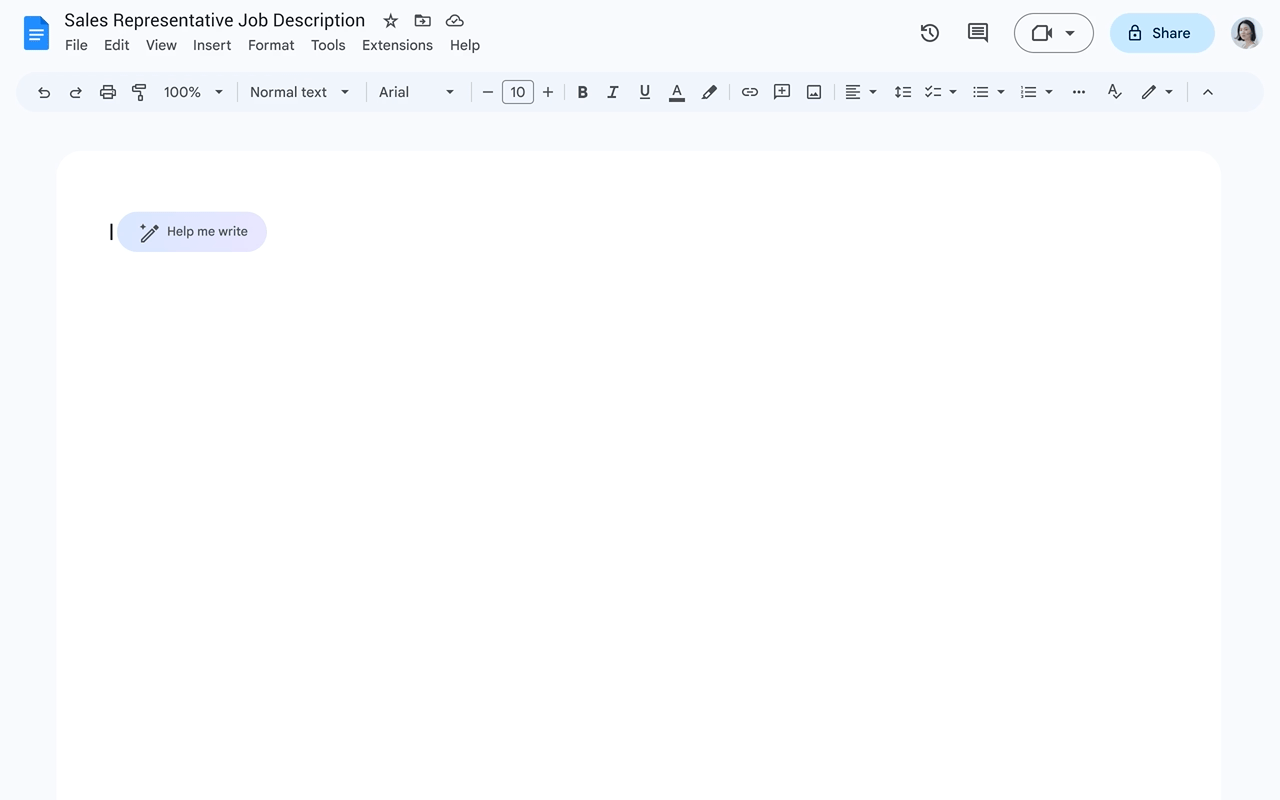Progressive Disclosure
Problem
AI-powered products often have complex features that can overwhelm users if shown all at once. Novice users may abandon the product, while advanced users may struggle to find advanced options hidden in cluttered UIs.
Solution
Use progressive disclosure to reveal information, options, or AI-powered features only as users need them. Start with the essentials, then offer advanced or contextual AI features as users interact or request more, keeping the interface clean and approachable.
Examples in the Wild

Google Docs AI Features
Basic editing tools are shown by default. Advanced AI features like 'Summarize with AI' or 'Smart Compose' are revealed only when users interact with certain elements or request more.
Interactive Examples
Below are interactive examples that demonstrate progressive disclosure in action. Try out these examples to see how AI can reveal information and options step by step, reducing cognitive load and making complex features approachable.
Email Summarizer
This example shows how an AI-powered email tool reveals summaries and actions step by step, only when the user requests more detail.
Try it yourself:
- Click "Show AI Summary" to reveal a short summary
- Click "Show More" to see a detailed summary and AI-powered actions
Key Takeaway: Progressive disclosure lets users access AI-powered insights and actions only when they need them, keeping the interface clean and focused.
Chatbot with Expanding Options
This example shows how an AI chatbot reveals deeper explanations and related actions only when the user asks for more.
Try it yourself:
- Type a question and click "Ask AI"
- Click "More Options" to reveal follow-up questions and deeper explanations
Key Takeaway: Progressive disclosure in chatbots helps users discover advanced AI features and information at their own pace.
Learning Points
- Reveal only the most essential information or actions at first; show advanced AI features as users progress.
- Use clear triggers (like "Show more" or step-by-step flows) to let users access additional AI-powered options.
- Progressive disclosure reduces cognitive load and helps users feel in control of complex AI features.
Implementation & Considerations
Implementation Guidelines
Start with the most essential information or actions; reveal advanced AI features only as needed.
Use clear triggers (like 'Show more', tooltips, or step-by-step flows) to let users access additional AI-powered options.
Avoid overwhelming users with too many choices or settings at once.
Test with both novice and advanced users to ensure the right balance of simplicity and power.
Provide contextual explanations or AI tips as users progress.
Design Considerations
Too many layers of disclosure can frustrate users—keep it to 2-3 levels where possible.
Make it obvious how to access more options or information.
Ensure accessibility for all users, including keyboard and screen reader support.
Tailor progressive disclosure to user segments (e.g., show more to advanced users).
Monitor usage analytics to refine what is hidden or revealed by default.